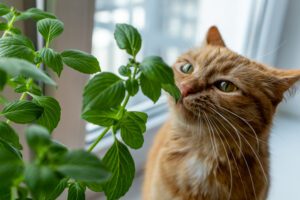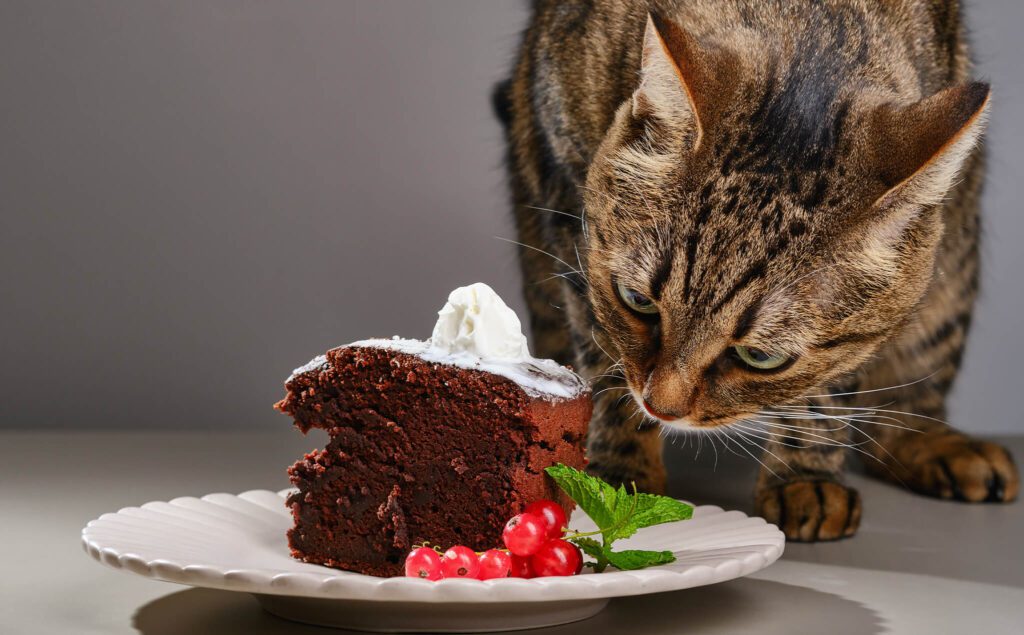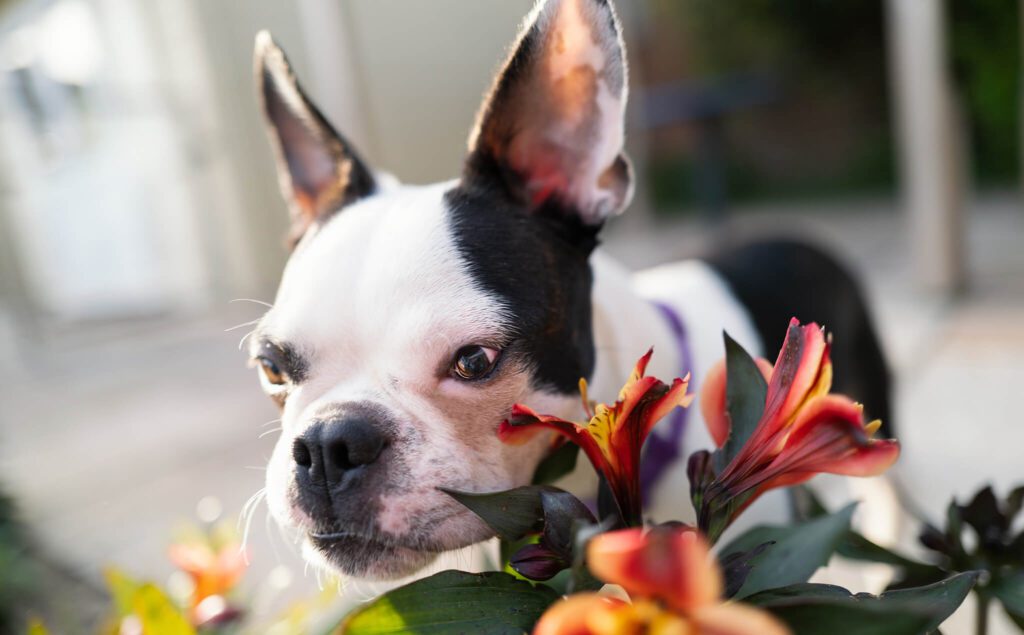10 Common Poisonous Plants for Cats
Cats are curious creatures that love exploring and finding new things to do. As adorable as this is, they can also get themselves in a lot of trouble. Sadly, there are a lot of plants that are commonly brought to the home and grown in backyards that are toxic and poisonous for cats.
We should focus on knowing which plants are poisonous to cats and how to prevent them from getting close. In this article we will talk about the top 10 most poisonous plants for cats. Read on to learn more.

Top 10 Poisonous Plants for Cats
As a pet owner, it is important to be aware of the plants that are most poisonous for your precious pet. By knowing this, you can ensure that your cat stays away from these to avoid getting sick.
Listed below are the top 10 most common plants that are poisonous for cats:
1. Sago Palm
We have all seen the sago palm plant. This is a plant that is commonly grown and placed in front yards and backyards. The Sago palm looks like a palm tree, but technically it isn’t. This smaller tree grows inside and outside. It’s perfect for small space living and has a sweet scent. Don’t let the scent of the Sago palm plant fool you, though, as it is still very toxic to cats.
2. Lilies
Who doesn’t love the smell and the springtime look of lilies? These gorgeous flowers are common, especially during the spring months when they are in bloom. Although these beautiful flowers add color to your home and life, they can also be very toxic to cats that take a bite and ingest the flower’s petals or leaves. Even the pollen on your cat’s fur is very toxic to cats.
3. Oleander
Oleander is another favorite in many households. This delicious-smelling flower and plant brings life into a house but has a lot of components that should be avoided by cats. The flower petals and leaves contain cardiac glycosides, a toxin that, when ingested, can lead to heart failure and irregularities, which are fatal.
4. Azalea Flowers
Another gorgeous flower makes this toxic plant list for cats. Azalea flowers should be avoided. If you do want them in your home, keep them far away from your curious cat. Thankfully, most cats stay away from these vividly colored flowers as the smell does not entice them.
5. Chrysanthemum
Chrysanthemums are a common group of plants that are toxic to cats. Chrysanthemum plants grow abundantly in the wild and are often chosen to bring life and color to a person’s front yard. These flowers come in many colors and contain a chemical called pyrethrins. Interestingly enough, when consumed by cats, pyrethrins cause digestive issues as well as depression, fatigue, shaking, tremors, and seizures.
6. Amaryllis
The sweet perfume-scented flowers are the ones that usually keep cats away; however, they are also very toxic. These beautiful flowers contain several toxic chemicals that can lead to abdominal pain, diarrhea, and pain. Digestive issues are dangerous because they can trigger vomiting and diarrhea, which reduces water and minerals.
7. English Ivy
Even humans can react negatively to English Ivy; however, the way that cats suffer from this toxic plant is completely different. Cats should be wary not to consume or digest English Ivy leaves, a common houseplant installed for decoration.
8. Daffodils
Daffodils contain a toxin called lycorine in the plant. Usually, though, the bulbs of Daffodils have the highest concentration of this toxin. You should refrain from having them inside your home because they can cause severe reactions if consumed by cats. Usually, the symptoms start with excessive drooling and can lead to seizures.
9. Tulips
Tulips are especially dangerous because of the bulbs underneath the ground. Thankfully, most cats do not like the taste of the bulbs and will instinctively stay away. While this is true, tulips can cause fatal reactions and symptoms and should be avoided by curious cat owners.
10. Autumn Crocus
Possibly one of the most toxic plants to cats is the naked lady flower, also known as the meadow saffron. You can actually use this same flower in various dishes to give a sweet taste. The entire plant is considered toxic, not just the leaves or the peals, because of the high concentration of alkaloid colchicine.
Keeping Cats Away from Toxic Plants
It is not entirely possible to keep a cat away from all toxic plants, especially if you have an outdoor cat. Don’t worry, though, as there are less than 10,000 cases each year, and rarely are they fatal. Cats have natural instincts and know when to stay away from toxic-smelling plants. These plants also do not taste good and require more than just a lick or a small bite to cause severe problems.
Although this is the case, you should still discourage your cat from getting close to toxic plants. If you have these toxic plants, you can ward off your cat by creating a vinegar and soap solution concoction and spray it throughout your plants and garden area. The bitter scents will cause your curious cat to think twice before taking a bite out of your previous garden.
Contact Emergency Veterinary Care Centers if Your Cat Ingests Toxic Plants
As you can see, it is best to keep your cat away from the ten flowers and plants listed in this article as they are extremely toxic. If your cat has accidentally ingested toxic plants, call Emergency Veterinary Care Centers. We have multiple locations that are open 24/7 and staffed with compassionate team members that will provide the best care for your pet!
Recent Posts
What To Know about Chocolate Poisoning in Cats and How to Protect Them
What To Know about Chocolate Poisoning in Cats and How to Protect Them Chocolate is a treat…
My Dog Has Kennel Cough – Is This an Emergency?
My Dog Has Kennel Cough – Is This an Emergency? When your dog starts coughing, it can…
5 Reasons Why Lilies are Toxic to Cats
5 Reasons Why Lilies are Toxic to Cats Seeing your cat next to a lily might seem…
Are Lilies Toxic to Dogs?
Are Lilies Toxic to Dogs? When we think of lilies, we often picture their stunning colors and…
Cat Coughing: How to Help Your Pet and When to Call the Emergency Vet
Cat Coughing: How to Help Your Pet and When to Call the Emergency Vet Coughing in cats…






